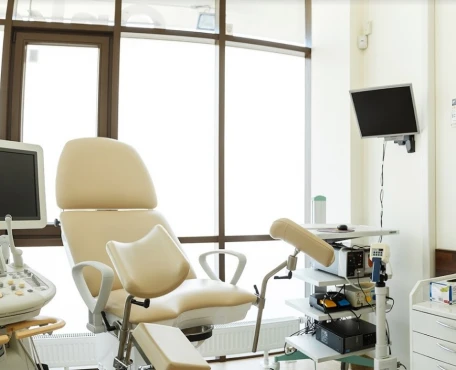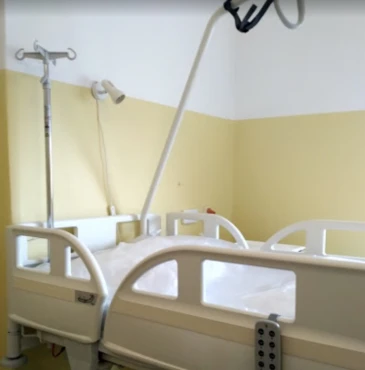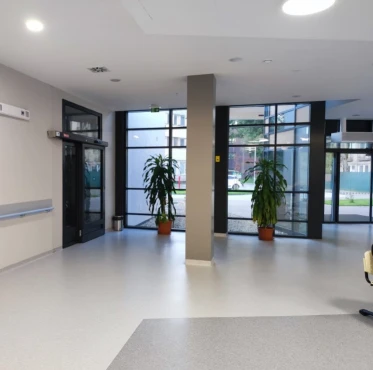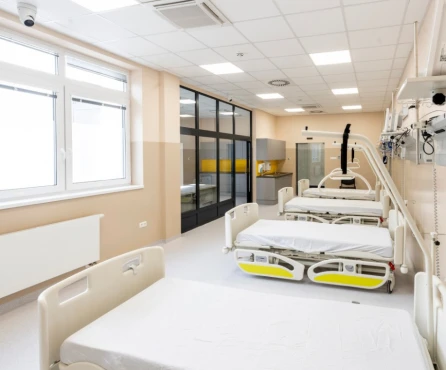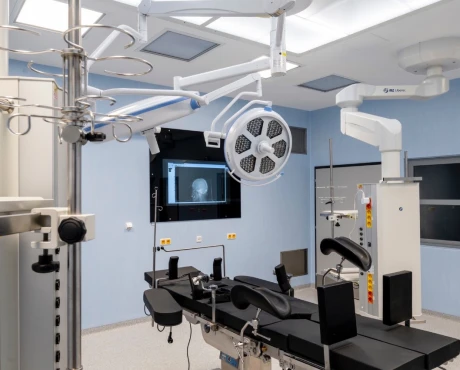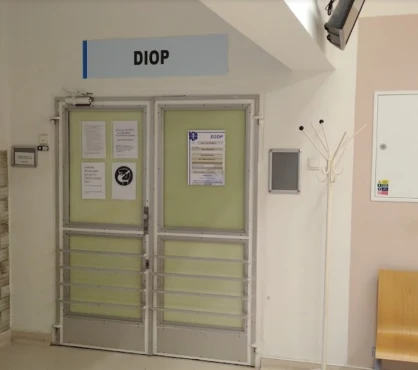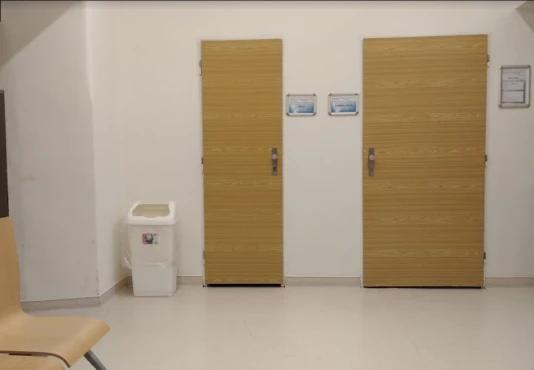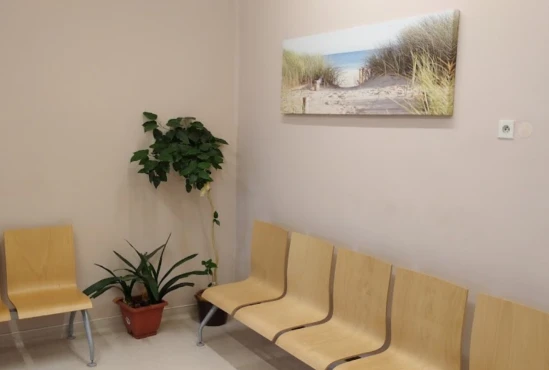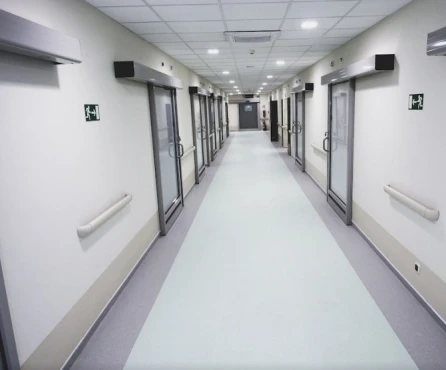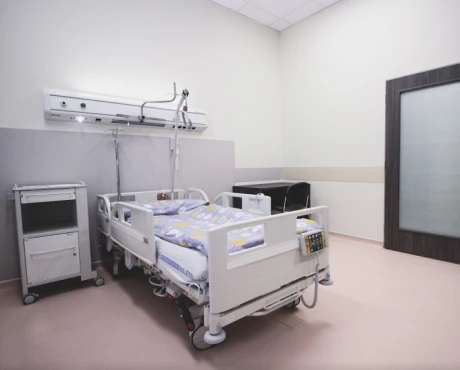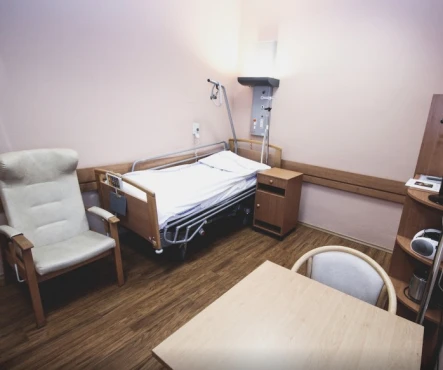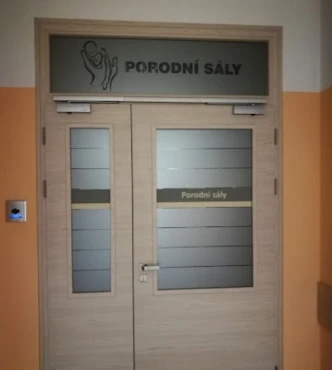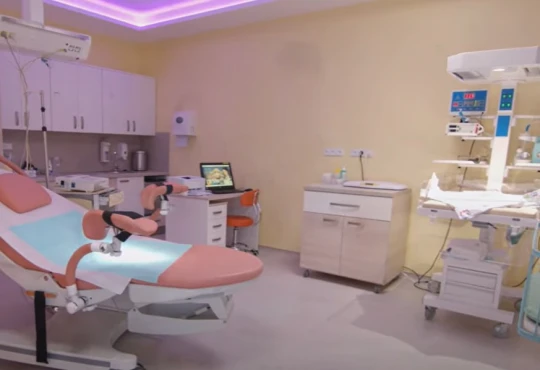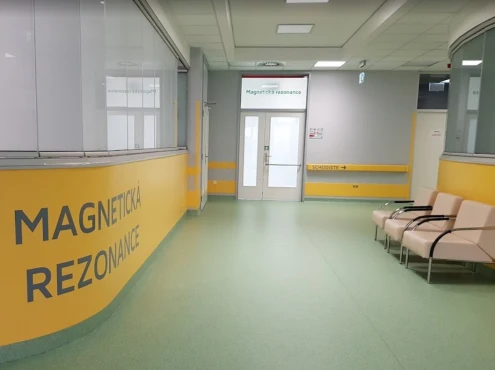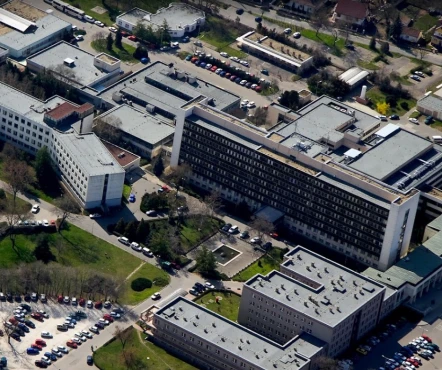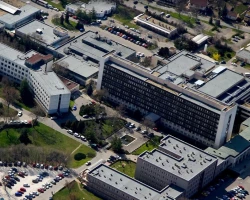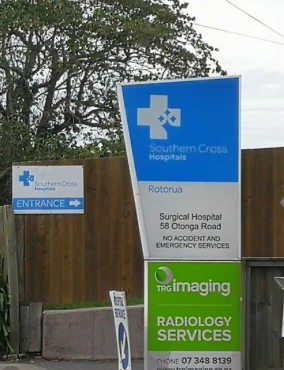Understanding Liver Cyst Disease: Causes, Symptoms, and Treatments
Introduction
The liver, a vital organ in the human body, is susceptible to various health conditions, one of which is liver cyst disease. While often benign and asymptomatic, liver cysts can sometimes lead to complications and require medical attention. This article delves into the intricacies of liver cyst disease, aiming to demystify its causes, symptoms, and available treatments. Understanding liver cysts is crucial not only for those diagnosed with this condition but also for anyone interested in maintaining optimal liver health.
What are Liver Cysts?
Definition and Nature of Liver Cysts
Liver cysts are fluid-filled sacs that form in the liver. Generally benign, these cysts are typically discovered incidentally during imaging tests for other conditions. They vary in size, ranging from a few millimeters to several centimeters, and can be singular or multiple.
Types of Liver Cysts
There are several types of liver cysts, each with unique characteristics:
- Simple Cysts: The most common type, these are typically single cysts that do not cause symptoms or require treatment;
- Polycystic Liver Disease (PLD): A genetic condition where numerous cysts develop in the liver, potentially leading to enlargement of the organ and abdominal discomfort;
- Hydatid Cysts: Caused by infection with the Echinococcus tapeworm, these cysts can grow large and may lead to serious complications if not treated;
- Biliary Cysts: Forming in the bile ducts, these cysts can obstruct bile flow and lead to liver damage.
Prevalence of Liver Cysts
Liver cysts are relatively common, particularly simple cysts, which are estimated to affect up to 5% of the adult population. The prevalence increases with age, and they are more commonly diagnosed in women than in men.
Causes and Risk Factors
Understanding the Causes
The exact cause of most liver cysts remains unknown. Simple cysts are often considered congenital, meaning they are present from birth. They are thought to arise from a segment of bile duct that does not properly join the rest of the duct system, leading to fluid accumulation. In contrast, polycystic liver disease is hereditary, caused by specific genetic mutations. Hydatid cysts result from parasitic infections, emphasizing the importance of proper hygiene and avoiding contaminated food or water in areas where the parasite is endemic.
Risk Factors
Several factors may increase the risk of developing liver cysts:
- Genetics: A family history of polycystic liver disease significantly raises the risk;
- Age and Gender: Simple liver cysts are more commonly found in older adults, particularly in women;
- Parasitic Exposure: Traveling or living in regions where the Echinococcus tapeworm is common can increase the risk of hydatid cysts;
- Underlying Liver Conditions: People with other liver diseases might be more prone to developing cysts.
Symptoms and Diagnosis
Symptoms of Liver Cyst Disease
Most liver cysts do not cause symptoms and are often found during imaging tests for unrelated reasons. However, larger cysts or a high number of cysts can lead to:
- Abdominal bloating or discomfort;
- A feeling of fullness in the upper right abdomen;
- Nausea or vomiting;
- Rarely, jaundice if a cyst obstructs bile ducts.
Diagnosing Liver Cysts
Liver cysts are typically discovered through imaging studies such as:
- Ultrasound: A non-invasive test often used as the first step in identifying liver cysts;
- CT Scan and MRI: Provide more detailed images and are useful in assessing the number, size, and characteristics of the cysts;
- Blood Tests: While not diagnostic for cysts, they can help rule out other liver conditions.
In some cases, a needle aspiration might be performed to drain the cyst and analyze the fluid, especially if there is concern about the cyst's nature.
Complications and Associated Conditions
Potential Complications
While most liver cysts are benign, certain complications can arise, particularly with larger or numerous cysts:
- Cyst Rupture: A ruptured cyst can cause severe pain and lead to infection;
- Infection of the Cyst: Infected cysts may need to be drained and treated with antibiotics;
- Biliary Obstruction: Cysts located near bile ducts can obstruct the flow of bile, potentially leading to jaundice or liver damage;
- Compression of Nearby Organs: Large cysts might exert pressure on other organs, causing discomfort or other symptoms.
Associated Liver Conditions
In rare cases, liver cysts may be associated with other liver conditions, such as:
- Liver Fibrosis: Long-standing cysts can lead to scarring of liver tissue;
- Polycystic Kidney Disease (PKD): Individuals with PKD often also have polycystic liver disease.
Treatment Options
When Treatment Is Needed
Most liver cysts don't require treatment unless they cause symptoms or complications. The decision to treat is based on factors like the size of the cyst, symptoms, and overall health of the patient.
Treatment Approaches
- Aspiration and Sclerotherapy: Draining the cyst and injecting a substance to prevent it from refilling. This is often done under ultrasound guidance;
- Surgical Removal: In cases where cysts are large, symptomatic, or at risk of complications, surgery might be recommended;
- Laparoscopic Fenestration: A minimally invasive procedure where the cyst wall is opened to prevent fluid accumulation;
- Medication: For polycystic liver disease, medications that slow cyst growth may be prescribed.
Emerging Treatments
Research into liver cyst disease is ongoing, with new treatments and management strategies being explored, including advanced surgical techniques and targeted therapies.
Living with Liver Cyst Disease
Lifestyle Modifications
Individuals with liver cysts should maintain a healthy lifestyle to support overall liver health:
- Diet: A balanced diet, low in processed foods and high in fruits, vegetables, and lean proteins.
- Exercise: Regular physical activity helps maintain liver function and overall health.
- Avoiding Alcohol: Alcohol can be harmful to the liver, especially in the presence of other liver conditions.
Regular Check-Ups
Regular medical follow-ups are crucial for monitoring liver cysts and overall liver health. This includes routine imaging and blood tests as recommended by a healthcare provider.
Prevention and Future Outlook
Preventing Liver Cysts
While it's not possible to prevent all types of liver cysts, especially those that are congenital or genetic, some measures can reduce the risk of developing certain types:
- Avoiding Parasitic Infections: In areas where hydatid cysts are common, it's important to maintain good hygiene, ensure safe drinking water, and avoid contact with stray animals;
- Regular Health Check-ups: Early detection of liver issues through regular medical examinations can help manage conditions before they progress.
The Future of Liver Cyst Disease
The outlook for individuals with liver cysts is generally positive, especially since many cysts remain asymptomatic and do not affect liver function. Ongoing research focuses on understanding the genetic and molecular mechanisms underlying cyst formation, which could lead to more targeted therapies.
Emerging Research and Technologies
- Genetic Studies: For conditions like polycystic liver disease, genetic research is crucial in developing targeted treatments;
- Advancements in Imaging Techniques: Improved imaging technology allows for earlier and more accurate detection of liver cysts;
- Innovations in Surgical Methods: Minimally invasive surgical techniques continue to evolve, offering safer and more effective treatment options.
Conclusion
Liver cysts, while common, often remain a benign aspect of an individual's health. Understanding their nature, symptoms, and treatment options is vital for those diagnosed with liver cyst disease and for maintaining overall liver health. It's essential for individuals to consult with healthcare professionals for personalized advice and management strategies.
Through ongoing research and advancements in medical technology, the future holds promise for even more effective treatments and a deeper understanding of liver cyst diseases.

